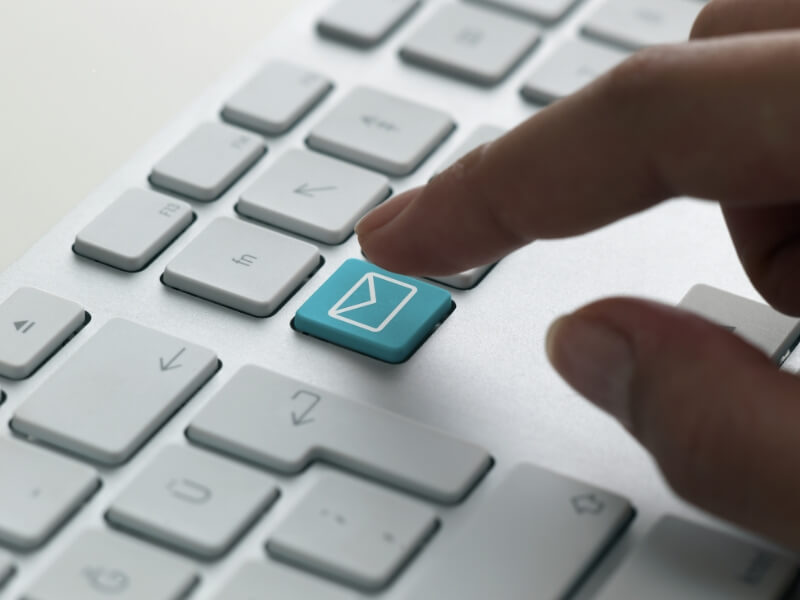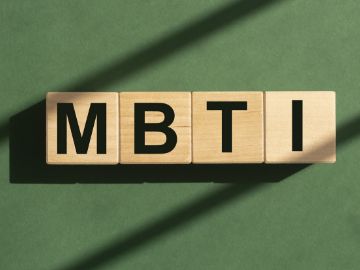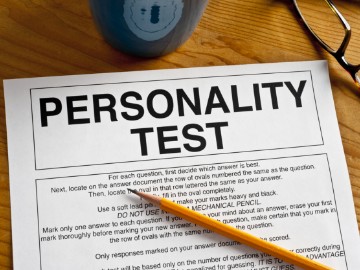How to Write a Professional Email the Right Way

Starting an email right with your job application can help give a positive impression to the hiring manager. It's their first impression of you, after all, and starting it strong with the right language can set you up to getting hired significantly faster. That's why it's important to learn how to write a professional email to make sure that you're going in the right direction.
Continue reading to learn how to write a professional email, examples that you can use for your next email, basic dos and don'ts, as well as some frequently asked questions when it comes to HR email etiquette.
What makes an email "professional"?
A professional email is one that uses a more formal tone, with a complete subject line, appropriate greeting and closing, and a signature that comes from a professional email address.
These emails usually have direct call to action after your greeting to make sure that the recipient can easily access it after seeing your message. It's also important to write it in a professional tone to properly convey your message.
Ideal format for a professional email
Ideally, the format for a good, professional email can be seen below.
- Subject line: Your name, your job title, the role that you're applying to according to the job posting.
(Greetings and proper salutations.)
(Brief introduction about yourself and the job posting that you saw.)
(Your qualifications, notable accomplishments, and what makes you uniqe compared to other applicants in the role can be put here.)
(Actionable message, where hiring managers can contact you after submitting your application, as well as attachments that are needed for the email.)
Regards,
(Your name).
How to write a professional email
If you want a crash course on writing emails, it's important to follow the instructions below.
- Make sure that your email address is professional
Having a separate, professional email account where you send all of your applications is the first step to setting up formal communication with hiring managers. For example, you can use a variety of first name-last -last name@gmail.com, last name-first name@gmail.com, or even initials-last name@gmail.com to sure that it sounds formal. - Write a formal email subject line
Next, you should write a formal subject line to go along with it. For job applications, the example in the template above is the standard that most employers look for to consider it a professional email. - Start the body by introducing yourself
To make your email body sound more formal for applications, you should first make a courteous greeting and then introduce yourself and your qualifications. You can put where you studied, some unique accolades that are unique to the role, and everything else that you might need to be more unique compared to other applicants. For this step, it's important to remember to KISS - keep it short and simple. - Write an actionable message
Afterwards, you should send an actionable message and provide key information where hiring managers can contact you afterwards via a quick call to action. Remember to put working communication methods there to make sure that you're not missing any messages when they happen. - End the email and double check everything
Lastly, end the email message and sign off with your signature and wish them a good day. Before sending, remember to double check everything. Spelling errors, carbon copy (CCs), and check if you've sent the wrong message.
Professional email examples
Below are some email formats and key components that you can follow to start learning how to write a professional email correctly.
- Subject line: Your name, your job title, the role that you're applying to according to the job posting.
To whom it may concern,
I am writing an email to formally submit my application for your company, (insert company here). I have seen recent job postings, and I believe that I'm the perfect fit for (role). Attached to this email is a copy of my resume and my portfolio.
Should there be any concerns, please do not hesitate to contact me and I will answer any questions promptly.
Thank you,
(your name)
- Subject line: Your name, your job title, the role that you're applying to according to the job posting.
Dear Mr./Ms. _________,
My name is ______, and I'm a (job title). I saw your posting on (where you saw the job posting), and I believe I am the ideal candidate for the position at (company name).
(Insert your qualifications on the second paragraph, as well as some notable accolades that you might have for the specific role that they're looking for.)
Attached below is my resume as well as my portfolio. Please do not hesitate to contact me if you need any clarification, and I will be sure to address it diligently.
Best wishes,
(Your name).
- Subject line: Your name, your job title, the role that you're applying to according to the job posting.
Good day, Mr./Ms. _________!
My name is ______, and I have been working as a (job title) for (insert years that you've worked for that specific job title). I saw that you're currently in need of a (job title) via (where you saw the listing), and I believe that I have what it takes to fill that position.
(Insert your qualifications on the second paragraph, as well as some notable accolades that you might have for the specific role that they're looking for.)
Attached below is my resume as well as my portfolio. Please do not hesitate to contact me if you need any clarification, and I will be sure to address it at my earliest convenience.
Best regards,
(Your name).
Writing a professional email: dos and don'ts
Listed below are key elements and dos and don'ts that you should follow when it comes to writing professional emails.
Dos
- Keep the message professional
- Attach your cover letter after writing the email
- Re read everything to make sure that there are no typos
- Write a clear subject line
- Keep the reader's time as little as a couple of seconds.
- Provide a courteous greeting
Don'ts
- Send the wrong message to the wrong recipient
- Not putting a formal email greeting
- Utilize an overly casual tone
- Make bullet points on why a company should hire you
- Be complacent. Spelling mistakes and grammatical errors happen and remember to double check everything before sending.
FAQs
Below are some frequently asked questions for how to write a professional email.
What is email etiquette?
Professional email etiquette is an unwritten rule when it comes to writing emails. It means using formal language and avoid slang, use short paragraphs that's easy to digest, as well as a clear subject line that is formal and straight to the point and keep the entire message professional, and end it with an email signature.
How can I ensure professional email communication with the company I applied for?
To make sure that that you have a professional email communication with the company you applied to and ensure email professionalism, make sure that it follows the following:
- Ensure professional communication at all costs and always reply to messages promptly
- Double check the email subject line before sending it over to ensure formal communications
- Keep the email concise, with key points being directly laid out.



